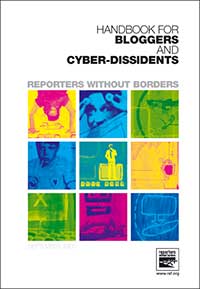A book that crossed my desk only very recently is about the exodus of science from Berlin after 1933. As a child I never understood the second commandment when God said to Mose that
Ex 20:4 I am a jealous God, punishing the children for the sin of the fathers to the third and fourth generation of those who hate me, but showing love to a thousand {generations} of those who love me and keep my commandments.
I always thought the idea to be unfair to be under collective guilt. Nevertheless when reading this book (published already in 1994 by Walter de Gruyter) we get a deeper meaning how science is affected for many generations by the displacement of the most prominent scientists.
Particular important in this book is the first chapter of Hubenstorf and Walther that highlights the situation in Berlin. Following world war I, Berlin had become the indisputable center of most scientific disciplines in the German speaking territory. In some disciplines Leipzig, Vienna or Munich may have been competitors, economics had been strong in Kiel, mathematics and physics in Göttingen, history in Marburg, however, for most scientists Berlin had been the highly desired “endpoint” of their career. he Friedrich-Wilhelms university had been the largest university, but there have been many more science organizations like Technical University Charlottenburg, Deutsche Hochschule für Politik, Preußische Akademie der Wissenschaften and Kaiser-Wilhelm-Gesellschaft (that is covered in more detail in another excellent chapter).
Medicine has been hit hardest during the Nazi period by having a large number of Jewish scientists. The resulting repercussions in the realm of science are described at different levels. Starting with a typology of transformation of scientific institutions, the establishment of new disciplines and the establishment of a military science sector, the autors give many historical details about the ways of scientific publishing or the organization of displaced scientists.
The cancer research department of the medical faculty fired 12 or 13 scientists; the hygiene institute dismissed 8 of 12 scientists including later Noble prize winner Erwin Chargaff. Hospital Lankwitz fired all physicians, Neukölln 67%, Freidrichshain 62% and Moabit 56%.
It is a terrible story – you can read how the editor of the Deutsche Medizinische Wochenschrift Paul Osswald Wolff was replaced by a Nazi supporter. Karger publisher even moved from Berlin to Basel (where they still reside today).
As any good science is strongly connected to teaching it may be understood that breaking this tradition has lead to a punishing of the children for the sin of the fathers to the third a fourth generation. Science politicians may even recognize the downside of spending money into science: they will be blessed by thousands of generations.

